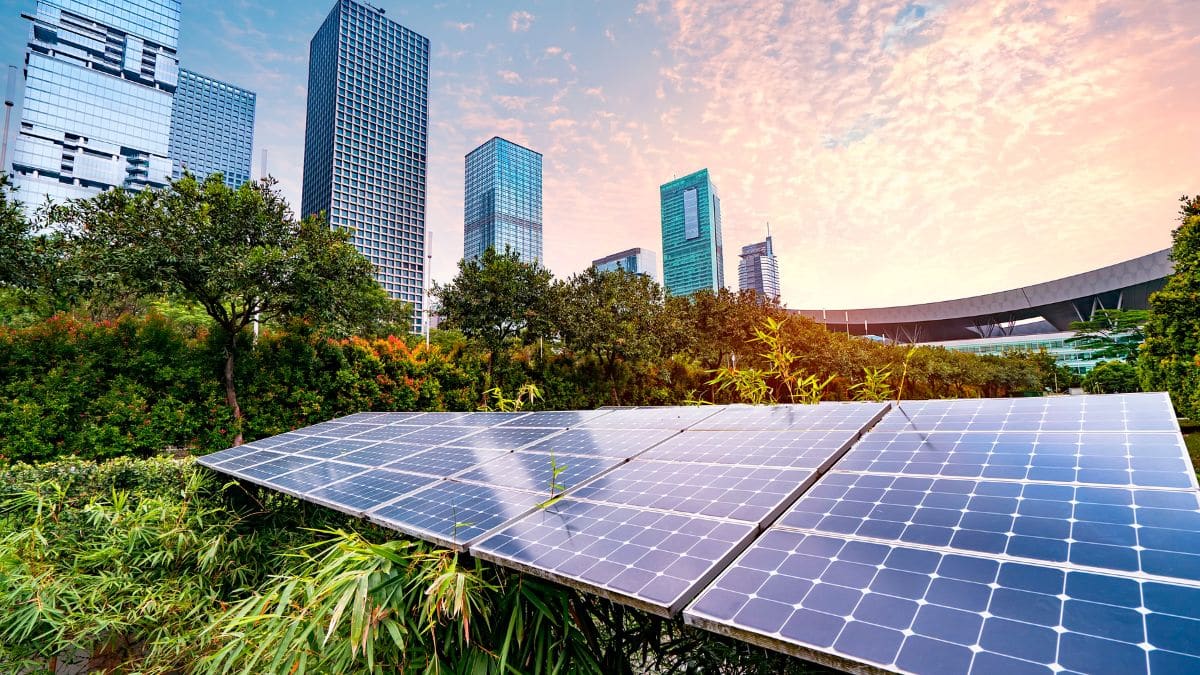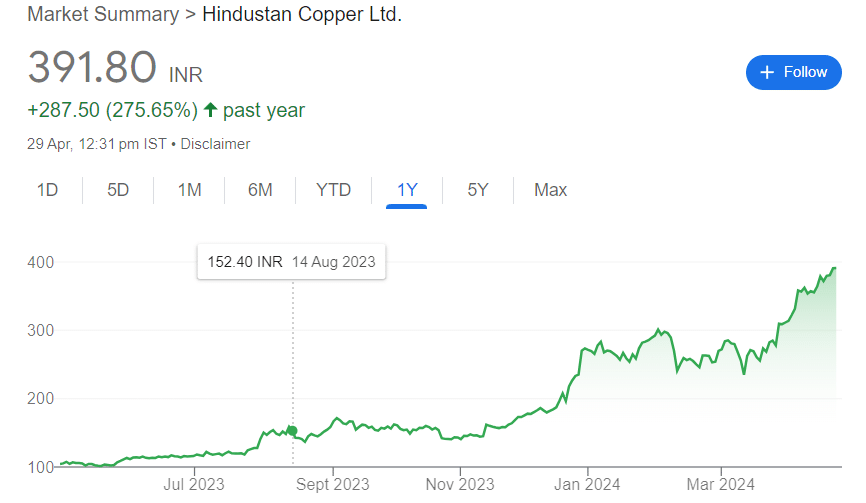Renewable energy: Exploring India’s shift towards renewable energy as a solution to energy security threats and climate change challenges.
also read: Nitin Kamath: Revealed 5 Possible Reasons for Mild Attack 6 Weeks Ago
In the fast-paced landscape of India’s economic development, the surge in industrial, construction, and transportation activities paints a picture of a nation on the move. Yet, amid this growth story, lies a crucial balancing act – one that pits the imperative of energy security against the pressing challenge of climate change. As India’s per capita power consumption rises steadily, the need for a strategic energy transition becomes more apparent than ever.
At the heart of this transition is the recognition of India’s heavy reliance on energy imports, a vulnerability that exposes the nation to substantial risks and hefty financial burdens. With a significant portion of oil, gas, and coal being imported, India grapples with an annual energy bill of around US$165 billion, underscoring the urgency to diversify its energy mix.
Moreover, India’s energy landscape is intertwined with environmental concerns, as the predominant use of coal, oil, and biomass fuels contributes to carbon emissions. Despite ranking third globally in carbon emissions, India’s per capita emissions remain below the global average and many developed nations. Nevertheless, the imperative to decouple economic growth from emissions looms large on the path to sustainable development.
In response to these challenges, India is turning to renewable energy as a linchpin of its energy security strategy. The renewable sector, encompassing wind, solar, hydro, and biofuels, is witnessing significant expansion, with projections indicating a substantial increase in its share of electricity generation by 2040. While hydro energy has played a significant role, its potential is constrained by water availability and environmental concerns, leaving solar and wind energy as the frontrunners for future growth.
The shift towards renewables aligns closely with India’s carbon reduction goals, offering a pathway to mitigate emissions while ensuring energy security. Unlike conventional sources like coal, renewable energy sources operate without emitting CO2 during operations, thereby presenting a promising avenue for sustainable development.
However, the transition to renewables is not without its challenges. Meeting the Renewable Power Obligation (RPO) targets necessitates substantial capacity additions, with estimates indicating the need for 339 GW of capacity installation by 2030. While some states are poised to meet their targets through harnessing local resources, others will need to procure renewable energy from surplus states.
As of July 2023, India has made significant strides in renewable energy deployment, with installed capacity standing at 177.74 GW. Yet, the journey ahead requires concerted efforts to bridge the gap between existing capacity and the targets set for 2030.
In conclusion, India’s embrace of renewable energy marks a pivotal step towards mitigating energy security threats while addressing climate change imperatives. As the nation charts its course towards a sustainable energy future, strategic investments, policy interventions, and collaborative efforts will be critical in realizing this vision of a cleaner, more secure energy landscape.
also read: Renewable Energy capacity to rise to 170 GW by March 2025, says ICRA











2 thoughts on “Renewable energy: Indian Preparation To Energy Security Threats”
Comments are closed.